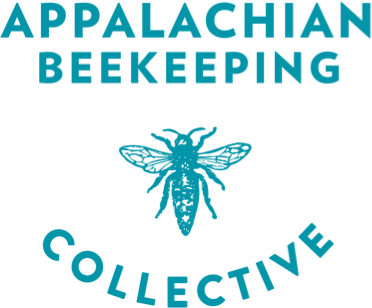By Ivy Makia, Environmental Educator, Appalachian Headwaters
After months of cold and icy weather conditions and watching plant life plunge into dormancy, the skies have finally opened up long enough to gift us with the change of seasons. While this is an oversimplification of how the seasons change, it is still something to get excited about! While some have found ways to stay active and engaged during the winter, others, like myself, might have felt a bit cooped up and disconnected from the outside world. However, as spring rolls in and marches on, new opportunities to get back out into the world presents themselves every day.
For me and many others, the most exciting part of spring are the wildflowers that wake up and start putting work into producing gorgeous blooms. While, of course, these blooms are attractive to us humans, they are especially attractive to the hungry pollinators who have begun to wake up too!
If you are looking for something fun and satisfying to do, I implore you to go out and look for wildflowers that have started to bloom or are preparing to do so. Our Spring Flower Bingo card is the perfect place to start. Roughly half of the species on here have begun to bloom, while the other half will bloom in April and May—making this an activity you can do all throughout the season!
Species on this list like, Red Deadnettle and Birdeye Speedwell, can be rather easy to find due to being such prolific growers and naturalized non-natives. Non-native species jump at the opportunity to emerge before natives, but unlike non-native invasive species they don’t negatively impact their new environment. These two are so common, you might even spot them right outside your front door!
In addition to those species, Golden Ragwort, Leafcup and White Avens can be found in areas that have been disturbed by human activity like a trail. If you’re in the Lewisburg area or interested in visiting, a great place to check out is the Greenbrier River Trail which hosts all the plants that I’ve mentioned so far!
The other species on our bingo card may be a bit more challenging to find. Trilliums are commonly found in rich, mixed wood forests. Wild Columbine, Snowdrops, Crocus, and Virginia Bluebells can be found in woodlands. Celandine Poppy, Twinleaf, Dutchman’s Breeches, and Squirrel Corn can be found in rich, deciduous woods.
Once you’ve located a wildflower, try taking a moment to wait around to see if any visitors drop by for a sweet snack! Also remember to be mindful of where you’re walking as to avoid trampling flowers and destroying the food sources of our pollinators who help keep the cycle of life going.
About the Author
Ivy Makia joined Appalachian Headwaters as an Environmental Educator in 2021. Ivy graduated from the University of Florida in 2019 with a B.A. in Biology. She spent the first several years in college as an animal science major but fell in love with plants after taking a gardening class. In 2020, Ivy came to West Virginia for a conservation internship collecting and processing native seeds for the ecological restoration of disturbed forest areas with the United States Forest Service. Through that experience she discovered her calling for restoration work and ecological education. Learn more about Ivy's work at www.appheadwaters.org.

